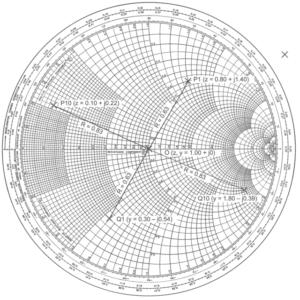Pi-L Network

Antenna Tuner/Transmatch, Impedance Matching Circuits
In the realm of amateur radio, the efficient transfer of power from transmitters to antennas is pivotal, and this chapter meticulously explores antenna tuners and impedance matching circuits, which are central to this process. The chapter begins with an in-depth examination of various antenna tuners, including transformer-type, series-type, L-type, and Pi-type, each characterized by unique configurations and specialized applications. Understanding the operational principles and distinctions among these tuners is crucial for effective impedance matching in diverse radio communication scenarios.
The narrative then shifts to the core concepts of impedance matching networks, particularly focusing on the pi-network and its advanced variant, the pi-L network. These networks, integral to adjusting impedance levels for optimal power transmission, are analyzed for their efficiency and suitability in different amateur radio setups. Additionally, the chapter introduces the Smith Chart, a graphical tool indispensable for addressing impedance matching and transmission line challenges in RF engineering. This comprehensive exploration aims to equip amateur radio operators, especially those progressing towards an Advanced Licence qualification in Canada, with the knowledge and skills necessary to optimize their radio systems for enhanced performance.
